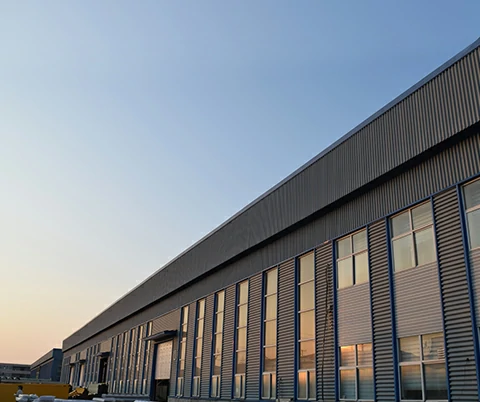loading...
- No. 9, Xingyuan South Street, Dongwaihuan Road, Zaoqiang County, Hengshui, Hebei, China
- admin@zjcomposites.com
- +86 15097380338
- Welcome to visit our website!
High-Quality FRP Softener Vessel for Efficient Water Treatment
Understanding FRP Softener Vessels An Innovative Solution for Water Treatment
Water is an essential resource for life, but not all water is created equal. Many regions face the challenge of hard water, which contains high levels of calcium and magnesium ions. This can lead to various issues such as scale buildup in pipes and appliances, reduced efficiency of soaps and detergents, and even skin irritation. To address these challenges, water treatment systems, particularly FRP (Fiberglass Reinforced Plastic) softener vessels, have emerged as a popular choice for both residential and industrial applications.
What is an FRP Softener Vessel?
An FRP softener vessel is a crucial component in water softening systems. Made from a robust composite material that combines fiberglass and resin, these vessels offer superior strength, corrosion resistance, and a lightweight structure compared to traditional materials such as steel or concrete. This innovation allows for longer service life and reduced maintenance needs, making FRP softener vessels a cost-effective solution for managing hard water.
Key Features of FRP Softener Vessels
1. Corrosion Resistance One of the main advantages of FRP materials is their resistance to corrosion. In environments where traditional metal vessels would deteriorate due to exposure to water and chemicals, FRP vessels maintain their integrity, ensuring reliable operation over time.
2. Lightweight Design The lightweight nature of FRP makes it easier to transport and install. This is particularly beneficial in residential settings where space may be limited and for applications requiring frequent relocation or maintenance.
3. Customizable Sizes and Capacities FRP softener vessels can be manufactured in various sizes and capacities to meet the specific needs of different applications. Whether it's a small household setup or a large industrial operation, there is a suitable FRP solution available.
frp softener vessel

4. Insulatory Properties FRP material provides excellent thermal insulation, which can help maintain the temperature of the water inside the vessel, improving the efficiency of the softening process.
The Water Softening Process
The primary function of an FRP softener vessel is to remove hardness minerals from water. This is typically achieved through a process known as ion exchange. Inside the vessel, resin beads are charged with sodium ions. As hard water flows through the vessel, the calcium and magnesium ions in the water are attracted to the resin beads and exchanged for sodium ions. The result is softened water that is much more efficient for household and industrial use.
Environmental Benefits
In addition to effectively treating water, FRP softener vessels can also contribute to environmental sustainability. By reducing the need for harsh chemicals often used in water treatment processes, these vessels can minimize the ecological footprint of water treatment operations. Furthermore, by improving the efficiency of water-using appliances and reducing scale buildup, they help conserve water and energy resources.
Conclusion
FRP softener vessels represent a significant advancement in water treatment technology. Their durability, lightweight, and customizable nature make them an ideal choice for effectively addressing hard water issues. As we continue to seek innovative solutions for clean water, the role of FRP vessels becomes increasingly crucial in ensuring that both homes and industries enjoy the benefits of soft, manageable water. Investing in such systems not only enhances the quality of life but also promotes a sustainable approach to water management.
-
Premium FRP Handrail for All ApplicationsNewsAug.29,2025
-
Low Maintenance FRP Mini Mesh Grating ProductsNewsAug.29,2025
-
Innovative FRP Square Tubes for Modern Industrial SolutionsNewsAug.29,2025
-
FRP Water Storage Tanks Wholesale Solutions for Bulk BuyersNewsAug.29,2025
-
FRP Molded Grating Solutions for Diverse Industrial ApplicationsNewsAug.29,2025
-
Construction Advancements Through FRP Pultruded ProfilesNewsAug.29,2025
-
Why Choose FRP Railings, Guardrails, and Handrail Systems?NewsAug.29,2025
